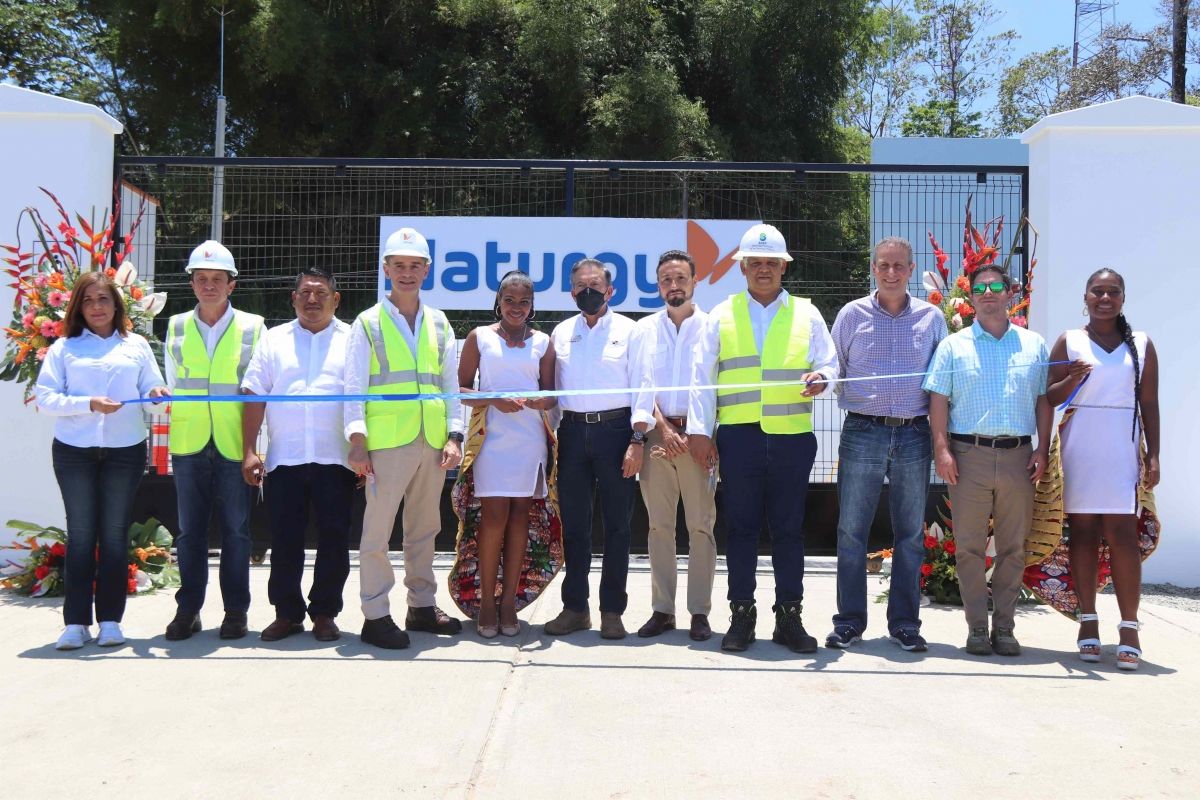
Panama and Colombia are getting closer to launching one of the most significant infrastructure projects in the region—a cross-border electric interconnection that’s been in planning for over a decade. The transmission line is now expected to begin construction in 2026, a move that will connect Panama to the South American power grid for the first time.
What Is the Panama-Colombia Electric Interconnection?
The Interconexión Eléctrica Colombia–Panamá (ICP) is a 500-kilovolt transmission line that will run approximately 500 kilometers (around 310 miles), stretching from the Panama II substation in Panama to the Cerromatoso substation in Colombia.
This binational project is being jointly developed by the governments of Panama and Colombia through their energy authorities (ASEP in Panama and UPME in Colombia), along with Interconexión Eléctrica Colombia–Panamá S.A. (ICP), the company formed to carry out the project. Its main goal is to integrate both countries’ energy systems to promote more stable, efficient, and sustainable electricity flows.
Timeline and Next Steps
After years of technical studies and bilateral cooperation, the environmental permitting process is currently underway. Public consultations with affected communities are scheduled for 2025. If all goes as planned, construction will begin in 2026.
This will mark a major milestone—not just for the two countries involved, but also for the Central American and Andean energy markets, as Panama’s grid becomes physically connected to the wider South American network for the first time.
What It Means for Panama
For Panama, the interconnection will mean more reliable electricity, lower operating costs, and access to surplus energy from Colombia when needed. It will also support the transition to renewable energy by allowing power from clean sources to flow more freely between the two nations.
From a strategic perspective, Panama strengthens its position as a regional hub—not just for logistics and finance—but also for energy.
Real Estate Perspective: How This Affects Property Markets
While the transmission line itself will pass through a specific corridor in Panama, the broader benefits will ripple across the country.
For urban areas like Panama City, this is a strong signal of continued infrastructure improvement. Energy stability is a critical piece of sustainable growth, especially for high-density neighborhoods and commercial districts. Expats and investors looking for high-performance rental properties or mixed-use developments in areas like Costa del Este and Obarrio may feel increased confidence in the city’s long-term growth trajectory.
In Panama West, which includes areas like Coronado and La Chorrera, improved national infrastructure adds value to existing and upcoming residential projects. These areas, already attractive for their proximity to the city and lower cost of living, could see enhanced services and investment as Panama’s energy grid modernizes.
Even regions further afield, like Veraguas or Los Santos, may benefit over time from a stronger energy backbone—making rural retreats and eco-resorts more viable in the long term.
In Summary
The Panama-Colombia Electric Interconnection is more than just a utility project. It’s a symbol of regional integration, economic cooperation, and national progress. By 2026, when construction begins, Panama will be on track to becoming not only an energy bridge between continents but also an even more compelling place to invest, live, and grow.
Looking to invest in Panama?
Casa Solution offers expert guidance and exclusive listings across the country—from city condos and beach homes to mountain retreats and farmland. Let us help you discover your perfect property in Panama.



